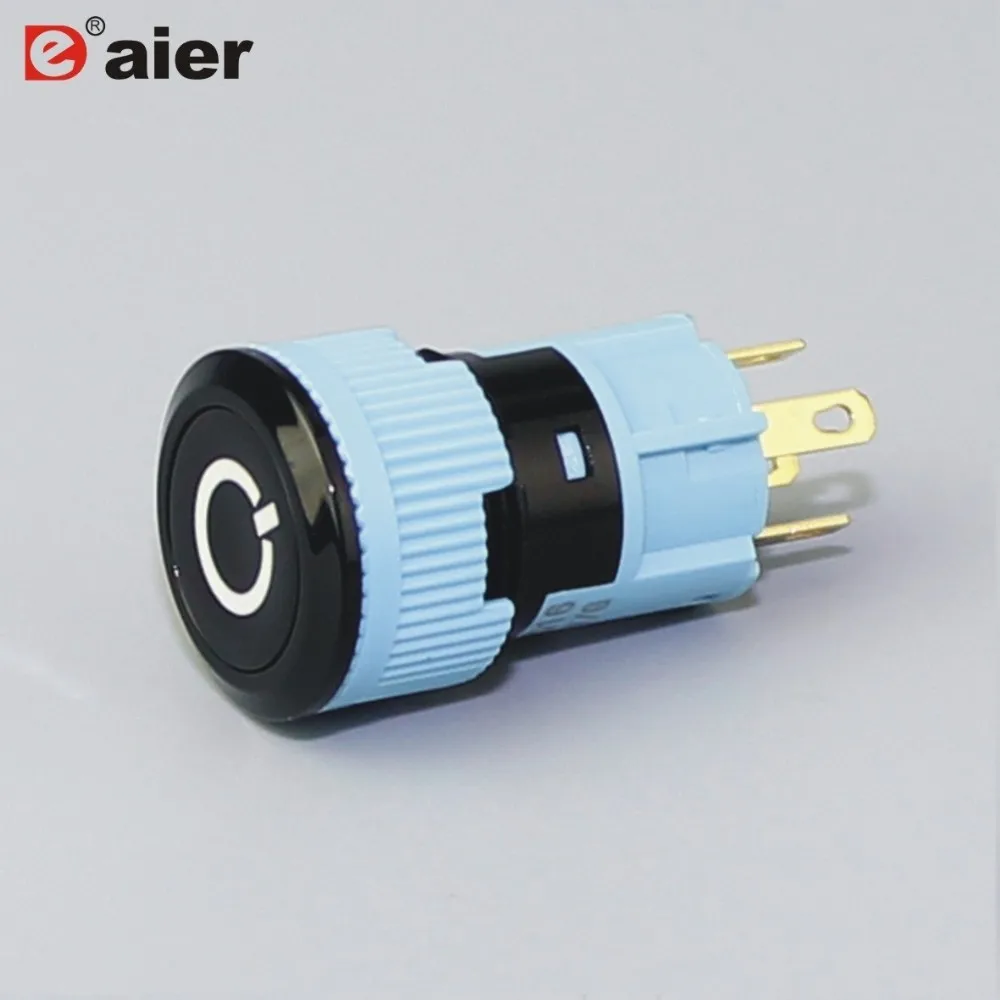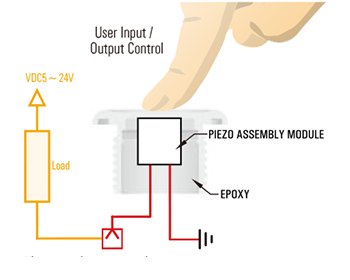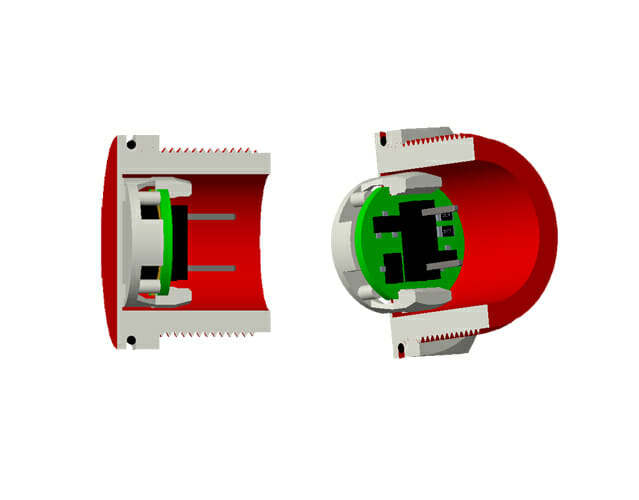

Here, I have summarized the measurement principles of several common pressure sensors for everyone. So how do these pressure transmitters and pressure sensors convert pressure signals into electrical signals? What are the characteristics of different conversion methods? In addition to the Piezoelectric Pressure Sensors described in this article, there are many pressure transmitters and pressure sensors that can convert pressure into electrical signals. It is necessary to use a high input impedance circuit or a charge amplifier to overcome this defect.Įxtended Reading: Digital Pressure Sensor-RS485 The working principle of 5 common pressure sensors The disadvantage is that some piezoelectric materials need moisture-proof measures.The advantages are bandwidth, high sensitivity, high signal-to-noise ratio, simple structure, reliable work, and lightweight.Make the instrument work better.Įxtended reading: Silicon Pressure Sensor Related Products:Įxtended Diaphragm Seal DP Level Transmitter Piezoelectric pressure sensor advantages and disadvantages Then it is necessary to use a charge amplifier or a high input impedance circuit to make up for this shortcoming. And the output current response is relatively poor.
#Piezo switch series#
Therefore, a series of moisture-proof measures need to be taken. It has many advantages: lighter weight, reliable work, simple structure, high signal-to-noise ratio, high sensitivity and signal bandwidth, etc.īut it also has some shortcomings: some voltage materials are protected from moisture. It is used to measure force and non-electrical physical quantities that can be converted into force. It will be converted into an electrical output proportional to the external force received. The electric charge will be amplified by the charge amplifier, the measuring circuit and the impedance converted. When the piezoelectric material is subjected to an external force, an electric charge will be formed on its surface. Its sensitive components are made of piezoelectric materials. The sensors based on the piezoelectric effect are electromechanical conversion and self-generation sensors. For example: piezoelectric ceramics, niobate magnesium acid piezoelectric ceramics, niobate series piezoelectric ceramics and barium titanate piezoelectric ceramics, etc. With the development of technology, the piezoelectric effect has also been applied to polycrystals. It can be used in high humidity and high temperature environment. However, it can only be used indoors where the humidity and temperature are relatively low.ĭihydrogen phosphate is a kind of artificial crystal. Potassium sodium tartrate, it has a large piezoelectric coefficient and piezoelectric sensitivity. When the stress changes, the electric field changes very little, and some other piezoelectric crystals will replace quartz. The piezoelectric effect is found on quartz. Its main piezoelectric materials are: dihydrogen phosphate, sodium potassium tartrate and quartz. Therefore, piezoelectric sensors can only be used in dynamic measurements.Įxtended reading: Featured Diaphragm Seal Pressure Transmitters When the circuit has infinite input resistance, it can be preserved. The reason is the electric charge after the action of external force. Piezoelectric sensors can not be used in static measurement.

Then perform measurement precision instruments such as pressure transmitters and pressure sensors. Use electrical components and other machinery to convert the pressure to be measured into electricity. Piezoelectric pressure sensors are mainly based on the piezoelectric effect (Piezoelectric effect). Piezoelectric pressure sensor working principle

Piezoelectric pressure sensor working principle.What is a piezoelectric pressure sensor?.


 0 kommentar(er)
0 kommentar(er)
